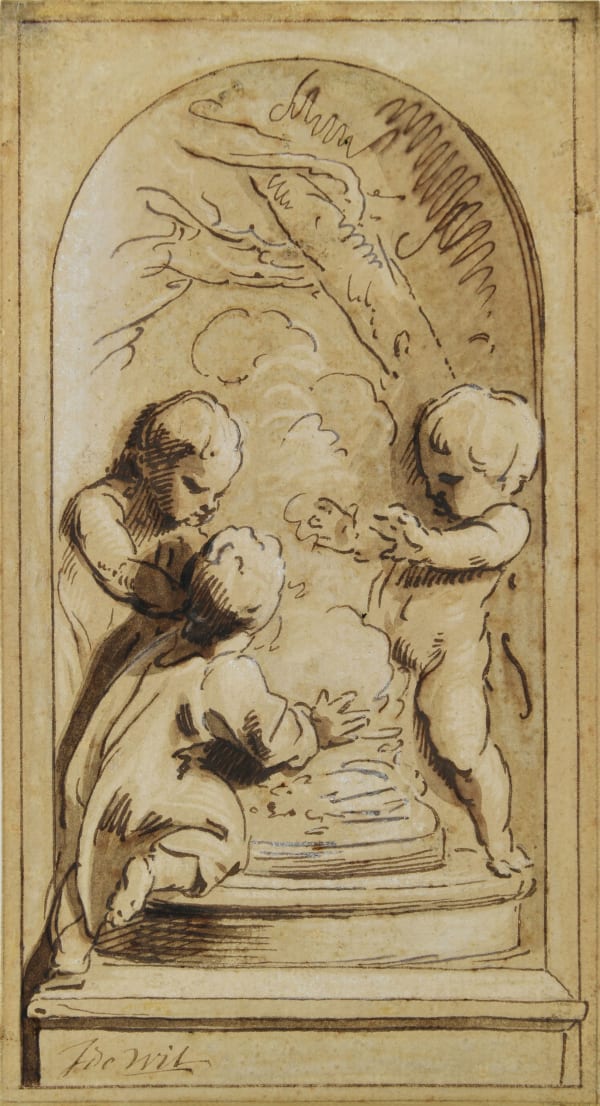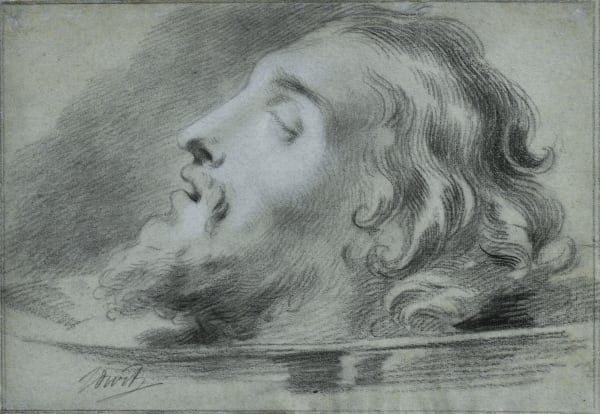Jacob de Wit (Amsterdam 1695 - 1754)
An Allegory of Winter
pen and brown ink, brush and wash on laid paper
235 x 130 mm
signed 'JdeWit', bottom left

Jacob de Wit, Ceres, Cybele and Abundance.

Jacob de Wit, Neptune.
Heerlijkheid Hoevelaken.

Jacob de Wit, Ceres, Cybele and Abundance.
Heerlijkheid Hoevelaken.



